Green Beech
(Fagus Sylvatica)
The majestic green beech (Fagus sylvatica), a true icon of the British countryside and green spaces.
Scientific Name: Fagus sylvatica
Family: Beech family (Fagaceae)
Average Height: Can grow up to 40 metres tall.
Average Canopy spread: Can spread up to 25 metres wide.
Preferred Ground Conditions/Habitat: Prefers well-drained soil, and can be found in woodlands, parks and gardens throughout the UK. It forms the canopy layer of many long established woodlands as it grows well under the shade of other faster growing species, slowly competing and eventually overtaking those trees. Its dense canopy allows it to become more dominant with age, so many ‘old growth’ woodlands exhibit a cathedral like structure of towering trunks with spreading crowns.
Large beech trees can also exhibit a phenomenon called crown shyness – in which the canopies of adjacent beech trees almost, but don’t actually touch each other. So they compete with other trees, but appear to share their space fairly with other beech trees! You can actually see this when looking up at the sky during the summer.
How to Identify Green Beech
Green Beech Leaf ID: The green beech has simple, smooth-edged and glossy leaves with an oval shape and pointed tip, which turn a beautiful golden-brown in autumn before falling. Young leaves at bud burst are bright green and delicate - surrounded by fine downy hairs. As they mature they become tougher and darker green, losing their downy hair. You may also find rarer, naturally occurring purple leaved specimens with rich, wine-coloured leaves. But most often, those you find are a result of intentionally selecting and planting them in landscaping schemes.
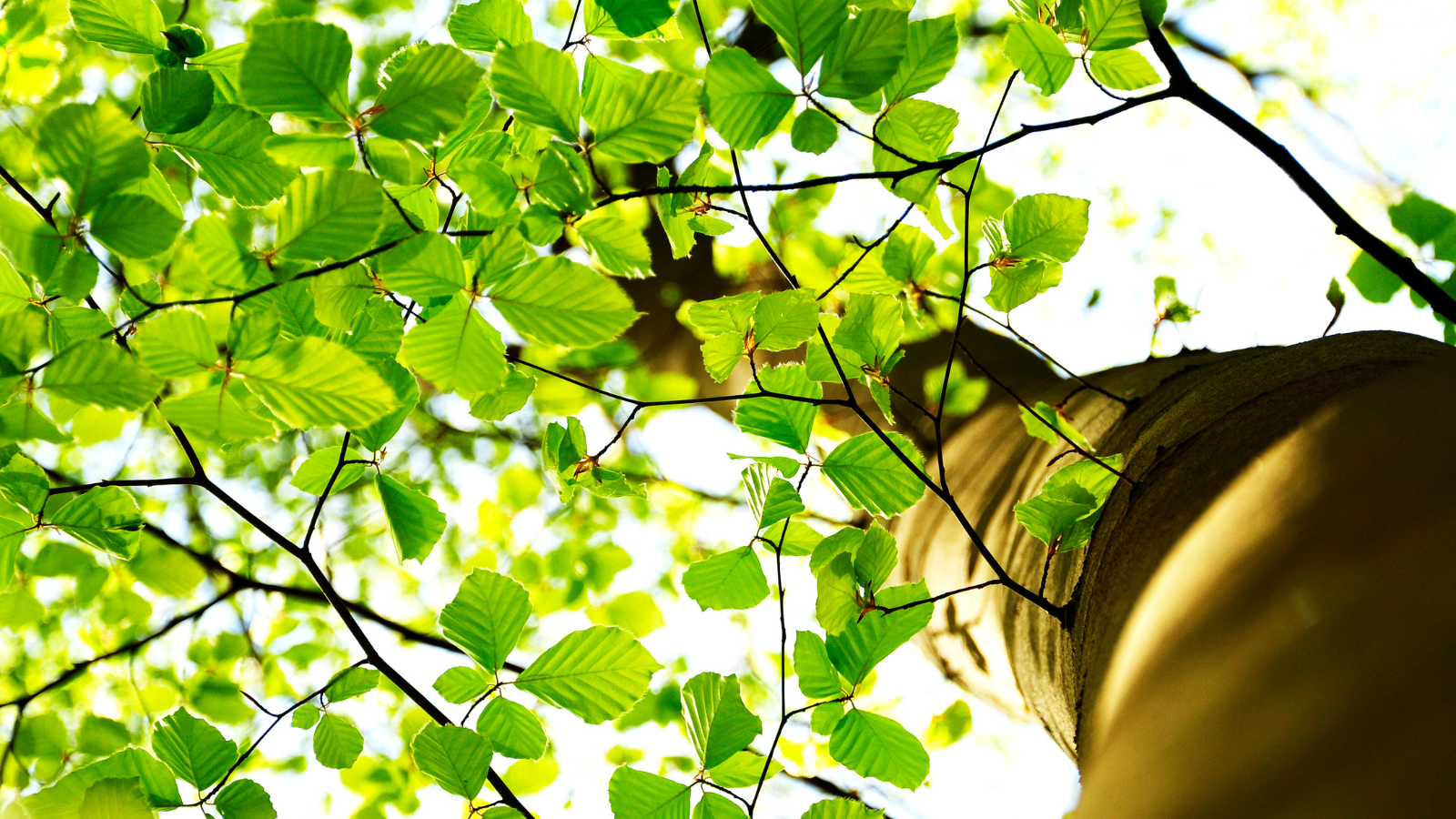
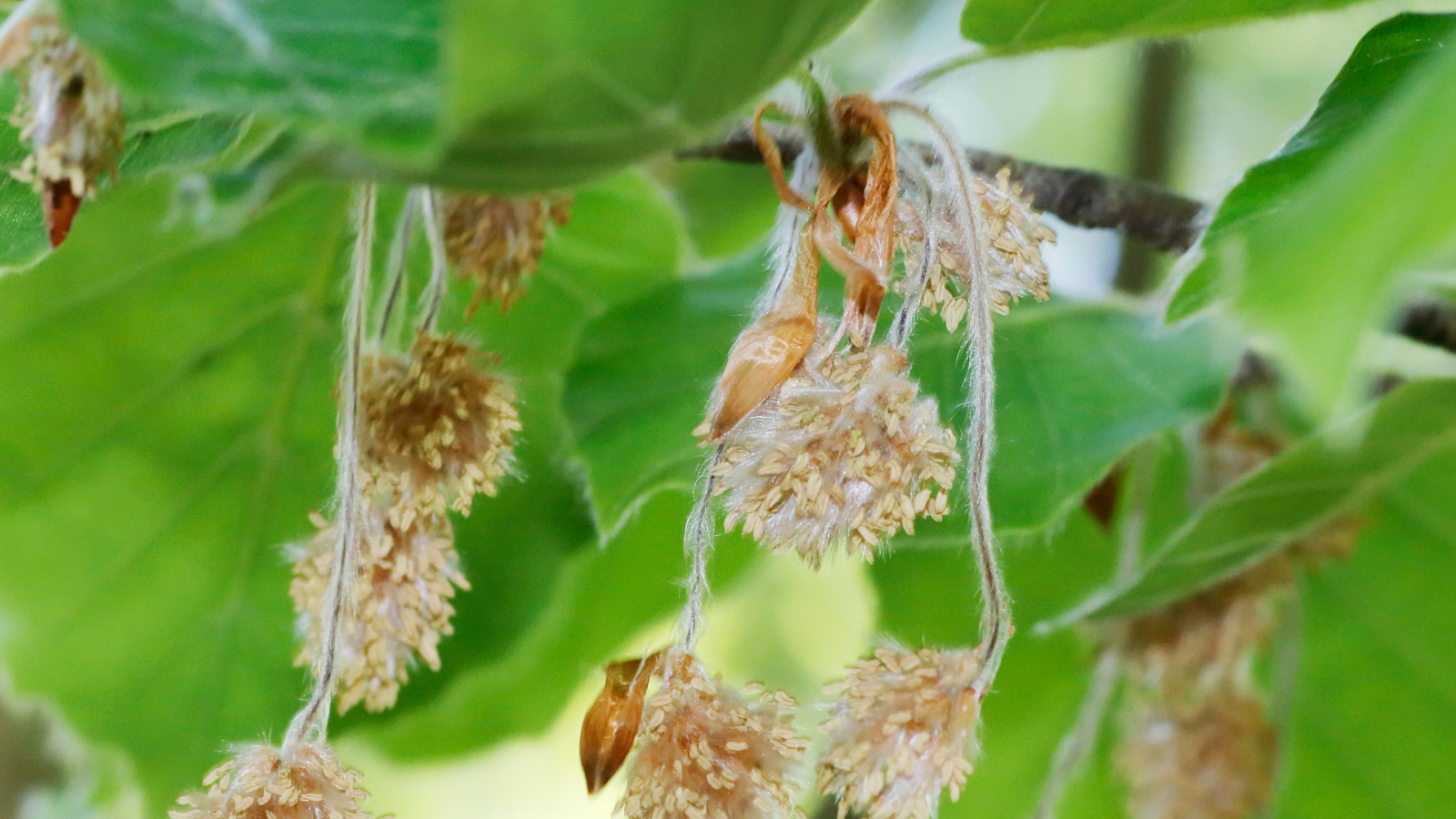
Green Beech flower ID: The green beech produces small, yellowish-green female flowers that appear in spring, before the leaves emerge and are closely followed by male catkins once the leaves have opened.
Green Beech Fruit ID: The fruits of the green beech are small, triangular nuts that are encased in a spiky husk. They ripen in the autumn and are a valuable food source for wildlife. In older beech stands, you can see the amount of seeds a tree is able to produce with Beech woodland floors carpeted crunchy seed cases. It was an extremely valuable traditional source of food for grazing animals – particularly pigs that would be turned out into woodlands to fatten up in the autumn.
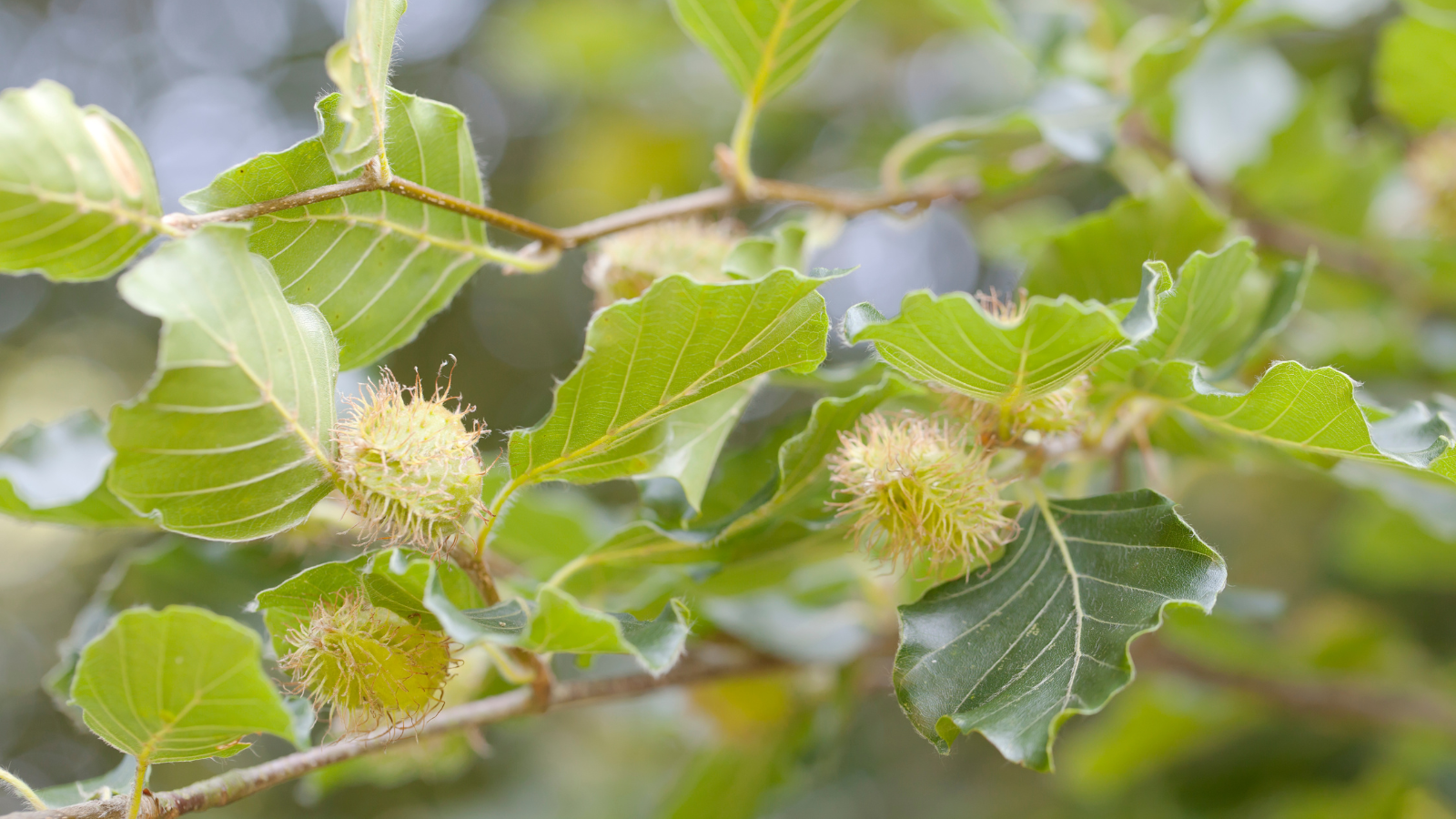
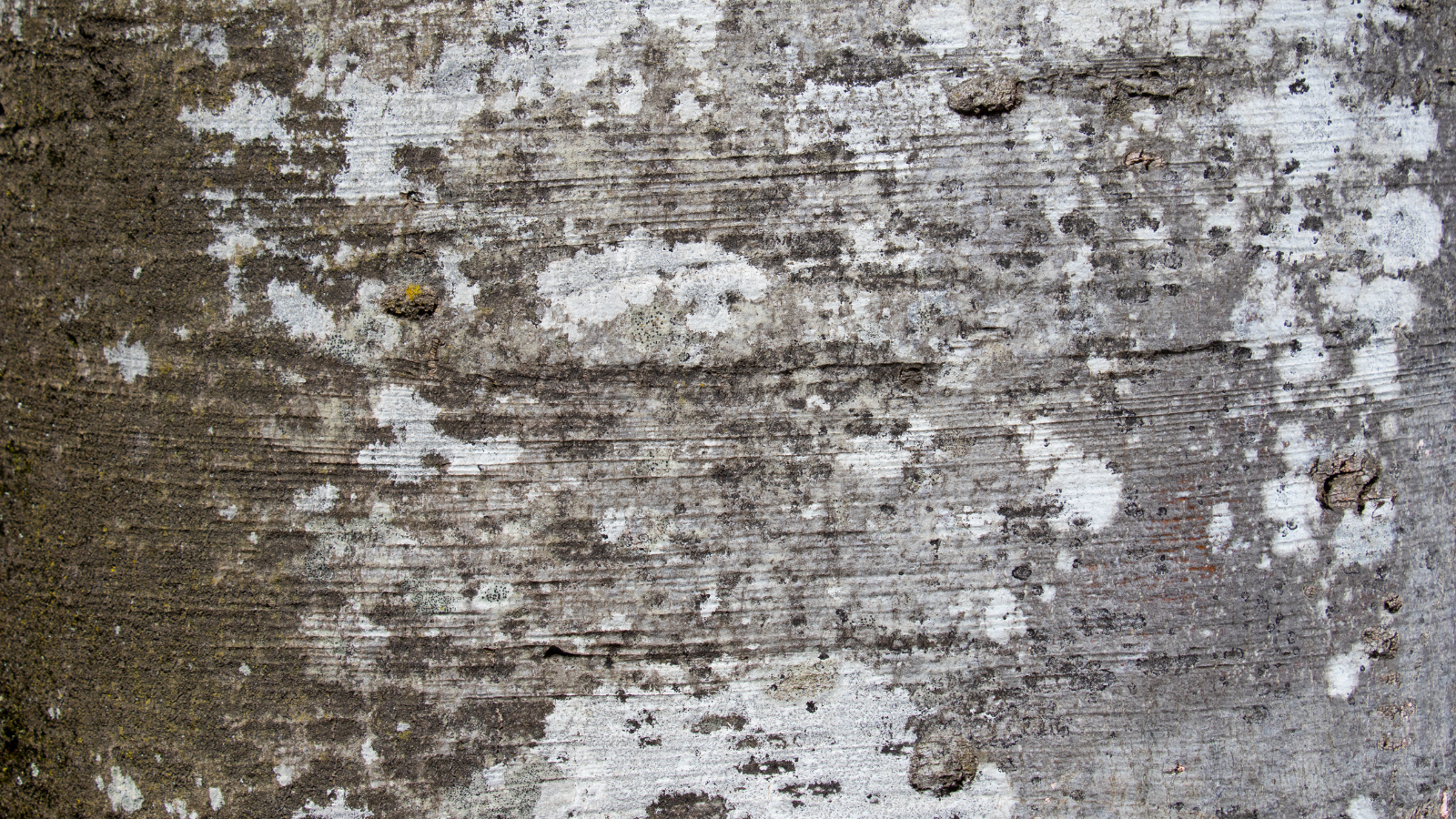
Green Beech Bark ID: The bark of a mature green beech tree is smooth and grey, with horizontal ridges.
What Native UK Wildlife Does Green Beech Support and How Does It Support Them?
The green beech supports a variety of native wildlife, including birds such as the great spotted woodpecker and the nuthatch, as well as small mammals, like squirrels and mice. The nuts are also a valuable food source for wild boar and deer.
Properties and Uses of Wood/Parts of the Green Beech
The wood of the green beech is hard, strong and durable, making it popular for furniture, flooring and veneers. The nuts are edible and can be eaten raw or roasted and the leaves and bark have been used in traditional medicine for their astringent and anti-inflammatory properties. The tree is also popular for hedging and landscaping purposes due to its dense foliage and attractive shape.
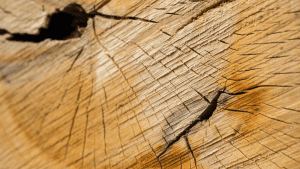
Start your tree planting journey today. Join I Dig Trees and be a part of something truly special.
Together, we’re taking positive action - planting millions of trees for climate, wildlife and communities.
